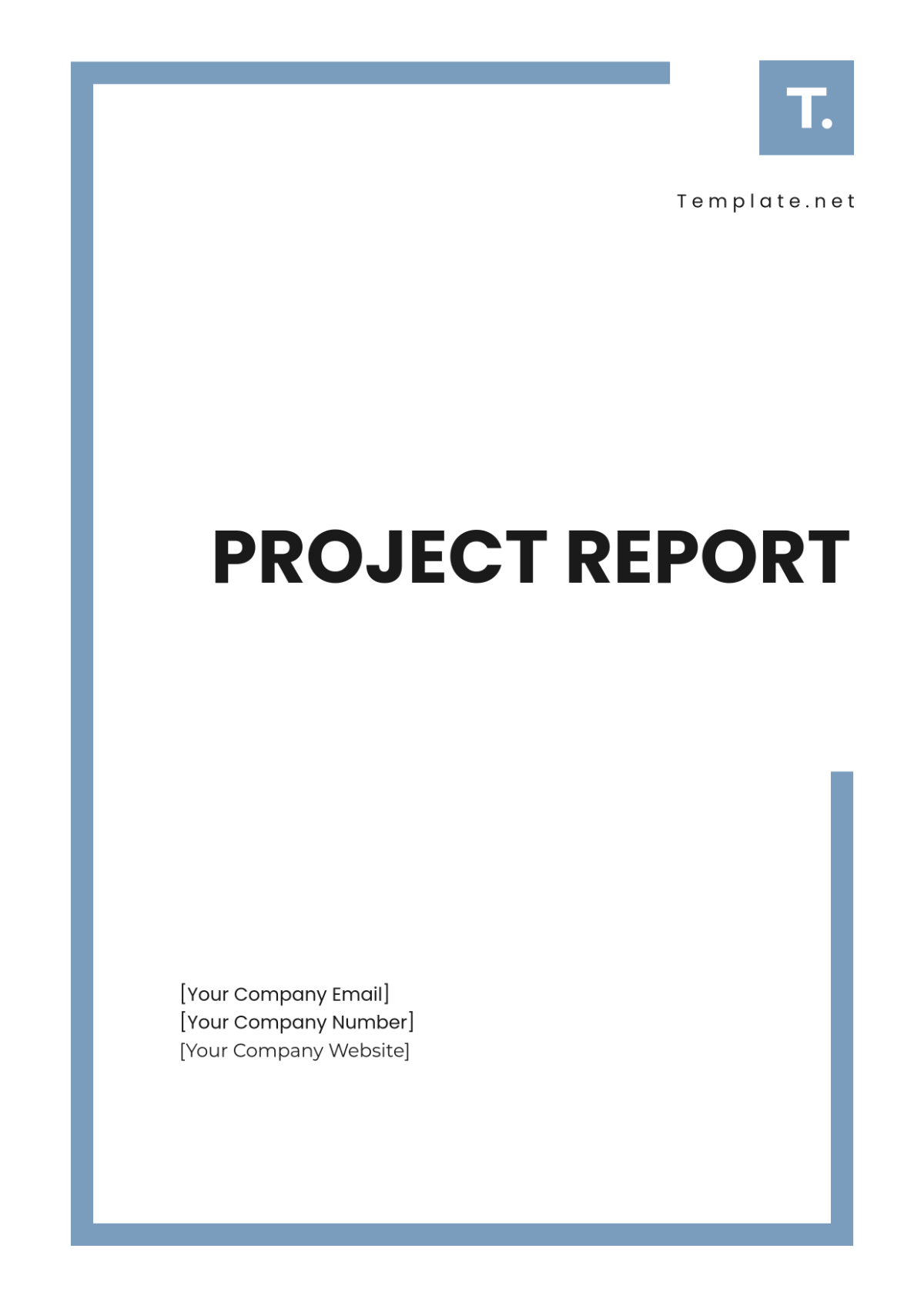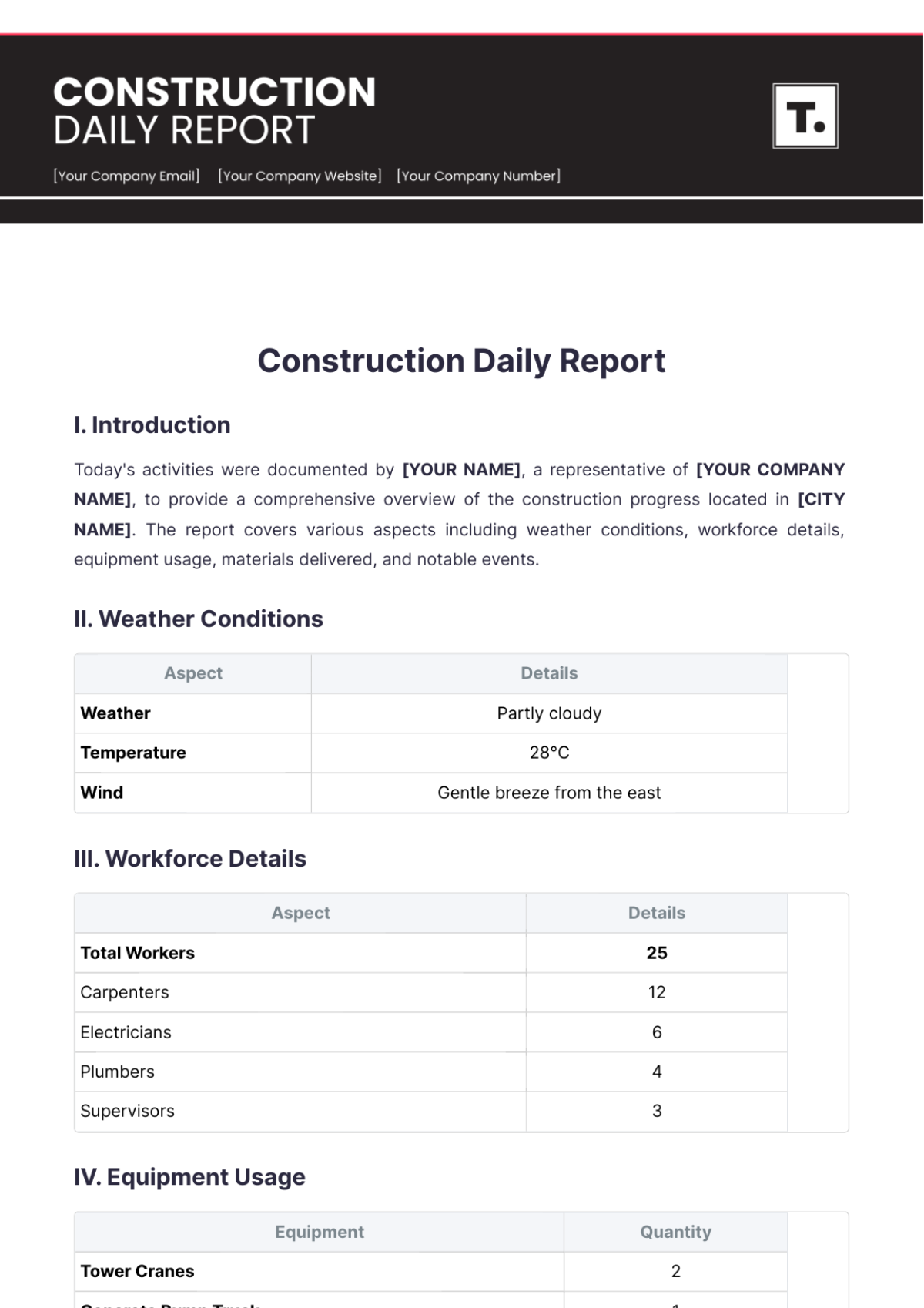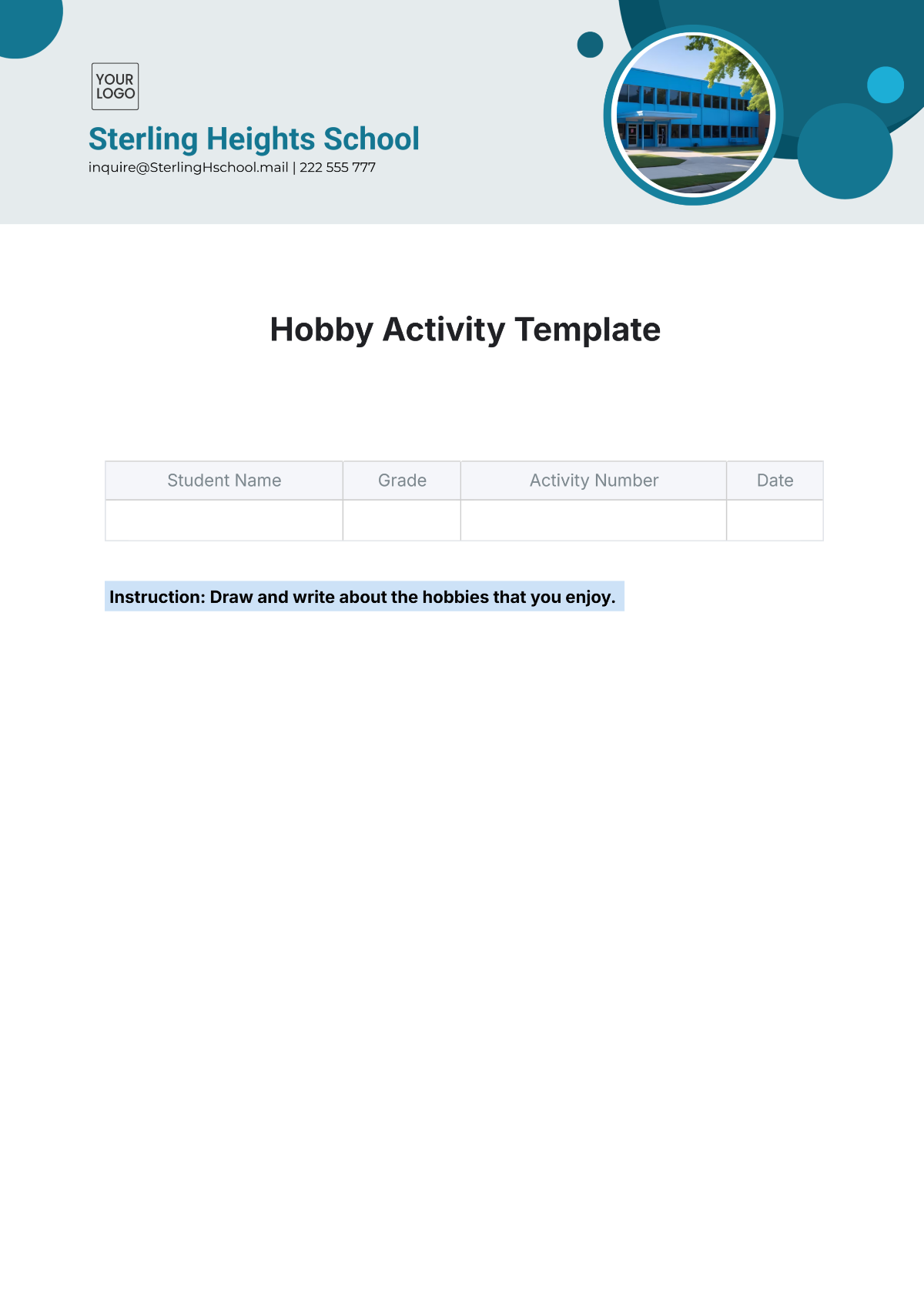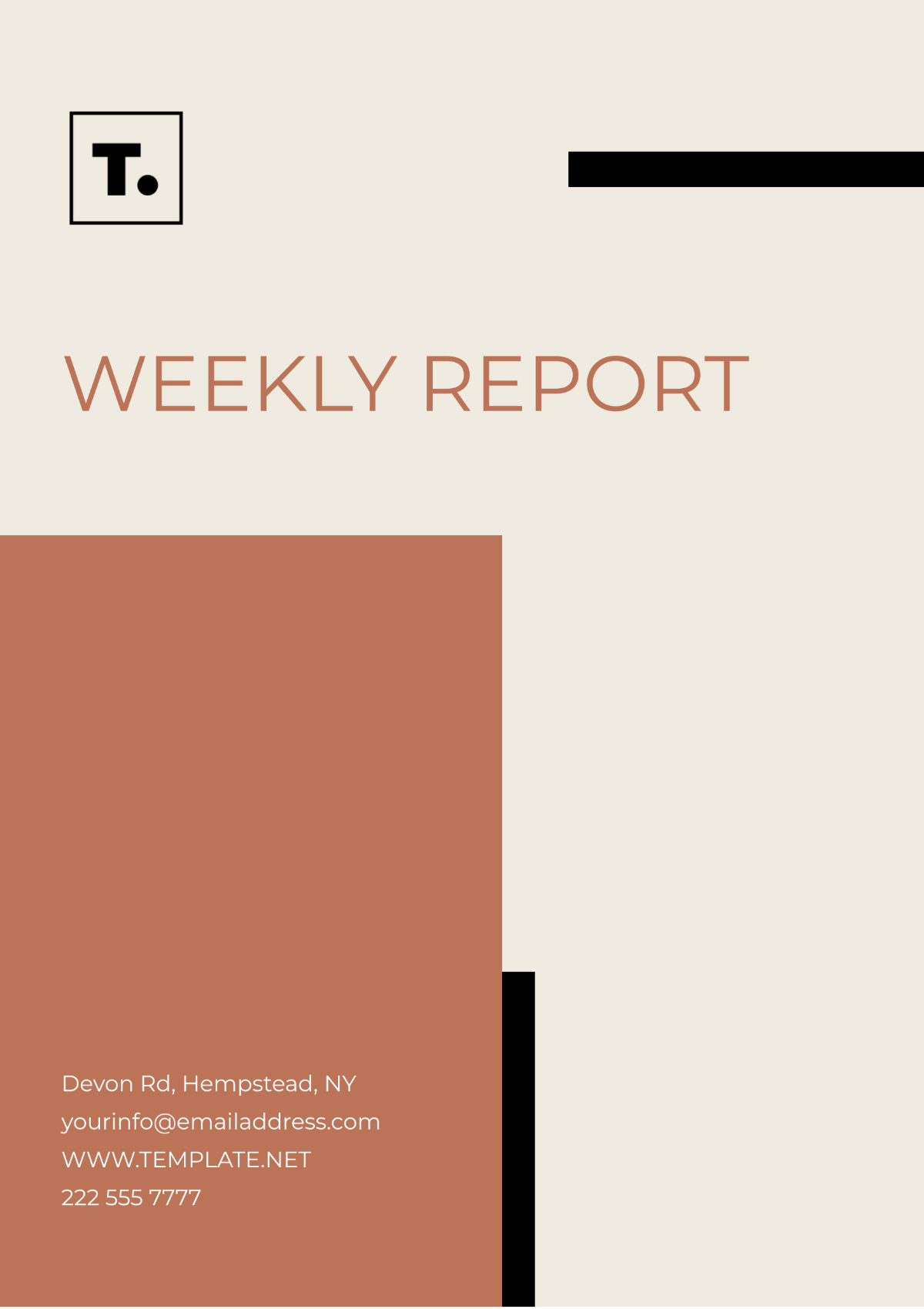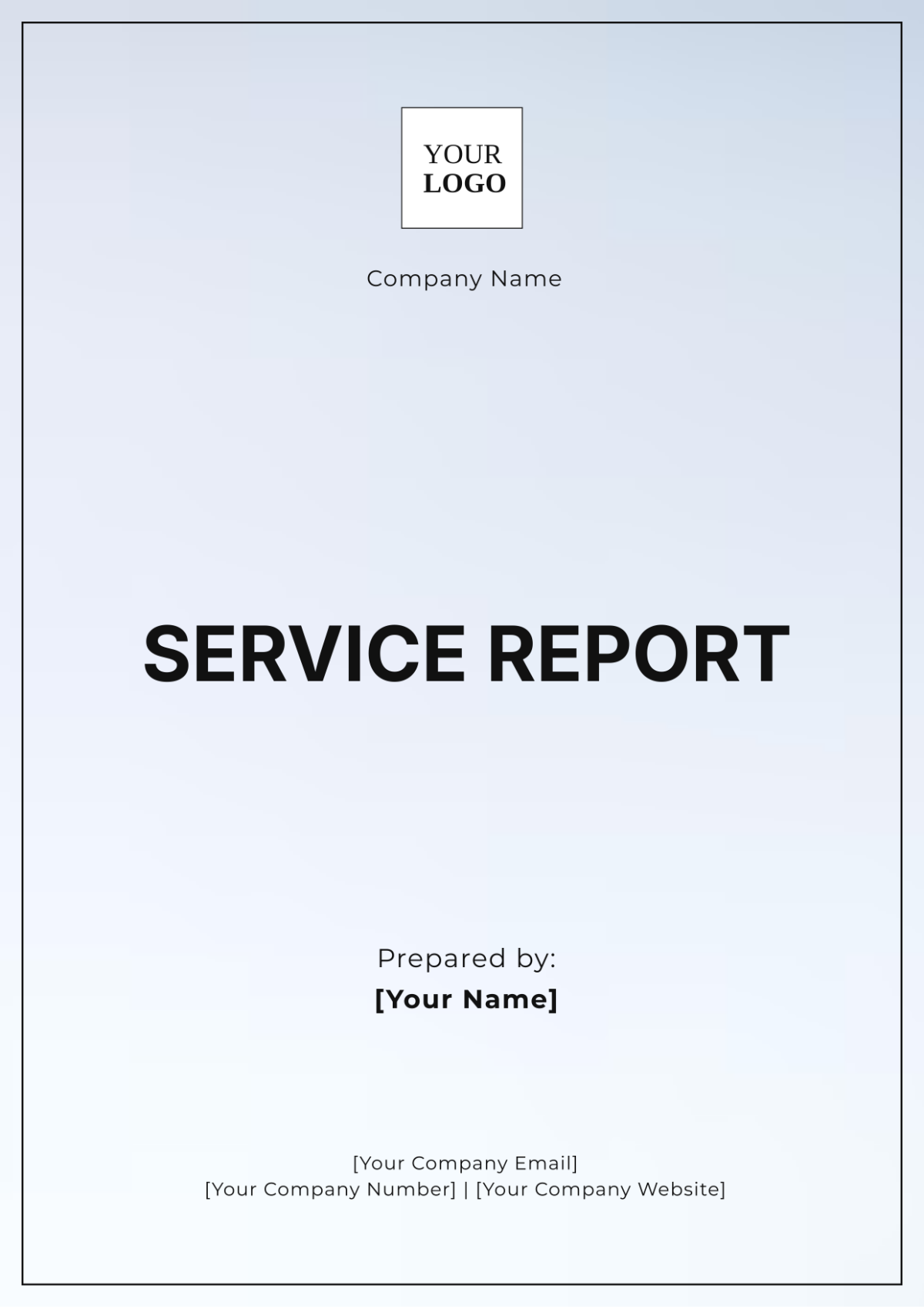Free Daily Medication Report Template
Daily Medication Report
Prepared by: [YOUR NAME]
Date: [YOUR NAME]
Introduction
The Daily Medication Report is a crucial document designed to systematically track and manage the medications taken by an individual over a day. This structured report includes essential details such as medication names, dosages, administration times, and observations regarding the patient's response to each medication. By maintaining accurate records, healthcare providers can ensure effective communication, monitor adherence, identify potential side effects, and make informed decisions about ongoing treatment plans. This report not only aids in patient safety but also supports quality care by providing a comprehensive overview of the patient's medication management.
Details
Patient Name: John Doe
Date: September 20, 2050
Report Prepared By: Sarah Smith, RN
1. Medication Schedule
Time | Medication Name | Dosage | Route of Administration | Observations/Patient Response |
|---|---|---|---|---|
08:00 AM | Lisinopril | 10 mg | Oral | No adverse reactions |
12:00 PM | Metformin | 500 mg | Oral | Mild nausea noted, but manageable |
04:00 PM | Atorvastatin | 20 mg | Oral | Improved cholesterol levels reported |
08:00 PM | Levothyroxine | 75 mcg | Oral | Sleepiness observed |
2. Additional Notes
Changes in Medication: None noted for today.
Adherence Issues: Patient reports taking all medications as scheduled.
Side Effects: Mild nausea after Metformin; advised patient to take it with food.
3. Summary and Recommendations
Overall Patient Response: The patient appears to be responding well overall, with slight nausea after Metformin.
Next Steps: Continue current medication regimen; consider follow-up in one week to assess nausea and cholesterol levels.
Conclusion
In conclusion, the Daily Medication Report is an invaluable tool in the healthcare setting, facilitating the effective monitoring of patient medications and their effects. By documenting each medication administered, along with patient responses and any side effects, healthcare providers can enhance patient safety and optimize treatment outcomes. Regular use of this report encourages adherence to medication regimens and fosters communication among healthcare teams. Continuous assessment and documentation will ensure that adjustments can be made as necessary, ultimately contributing to improved patient health and well-being.

